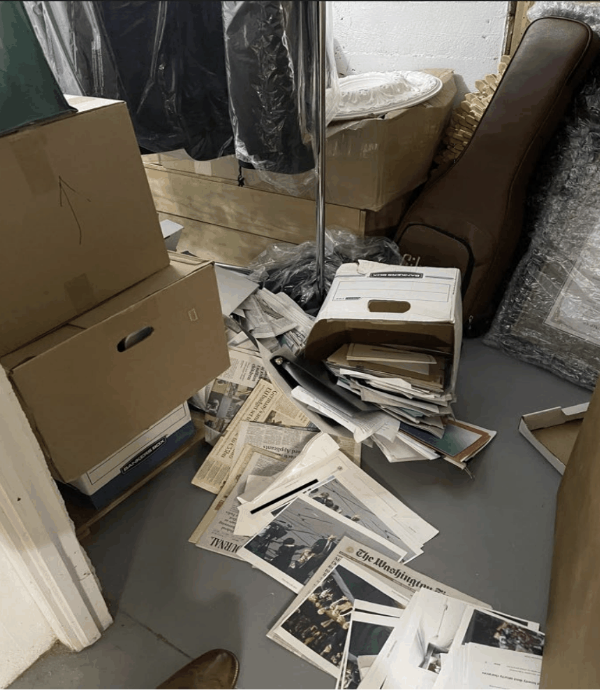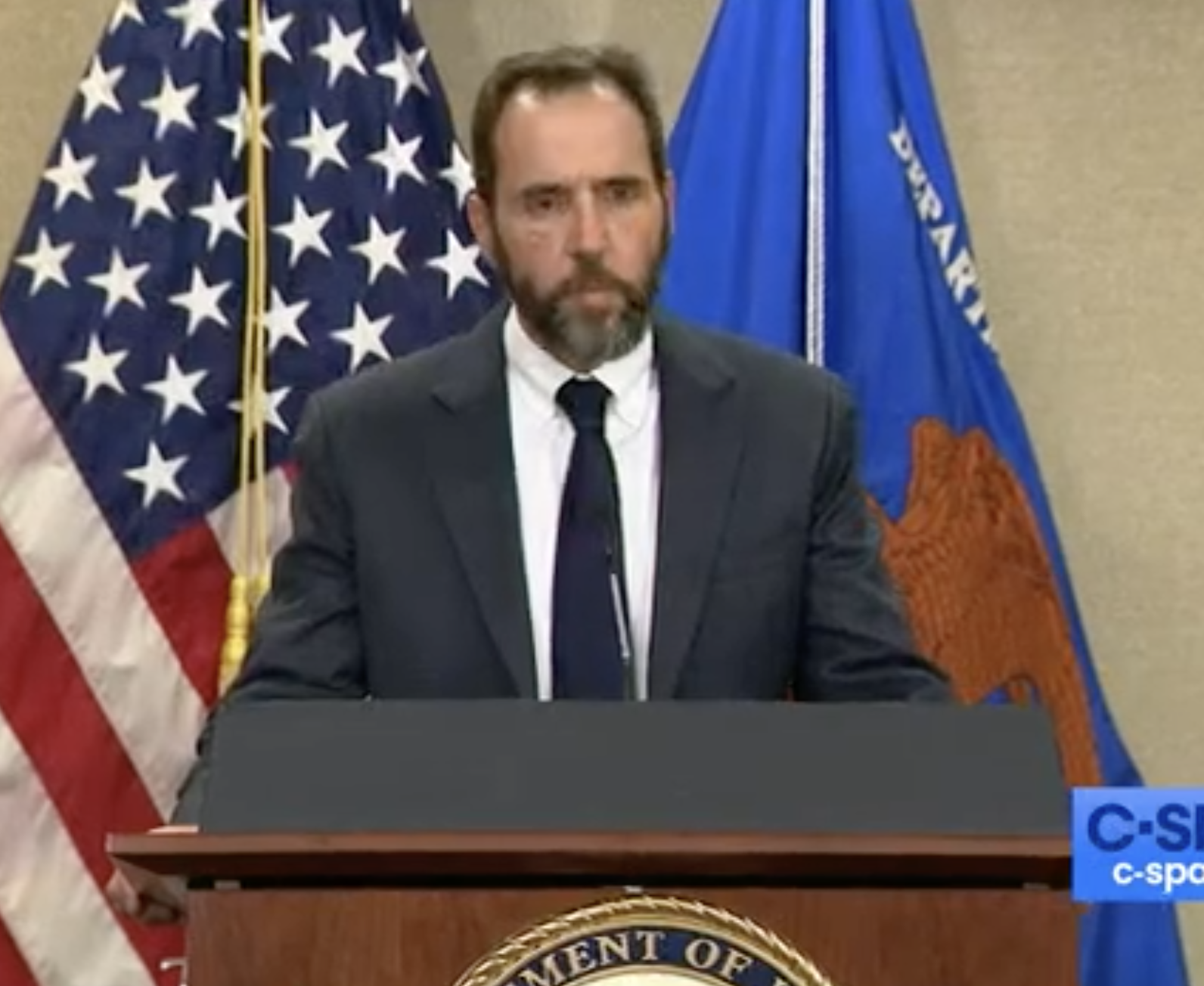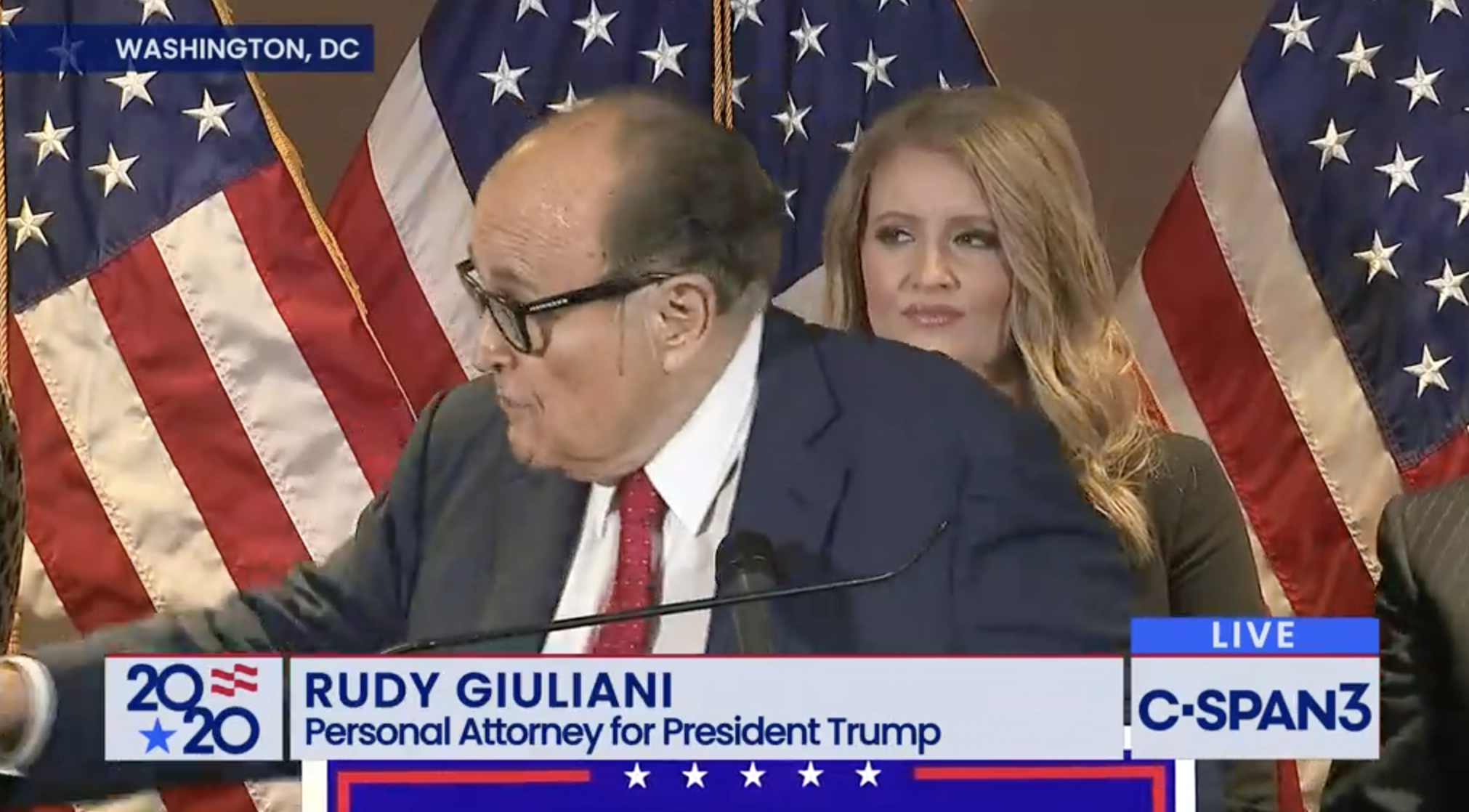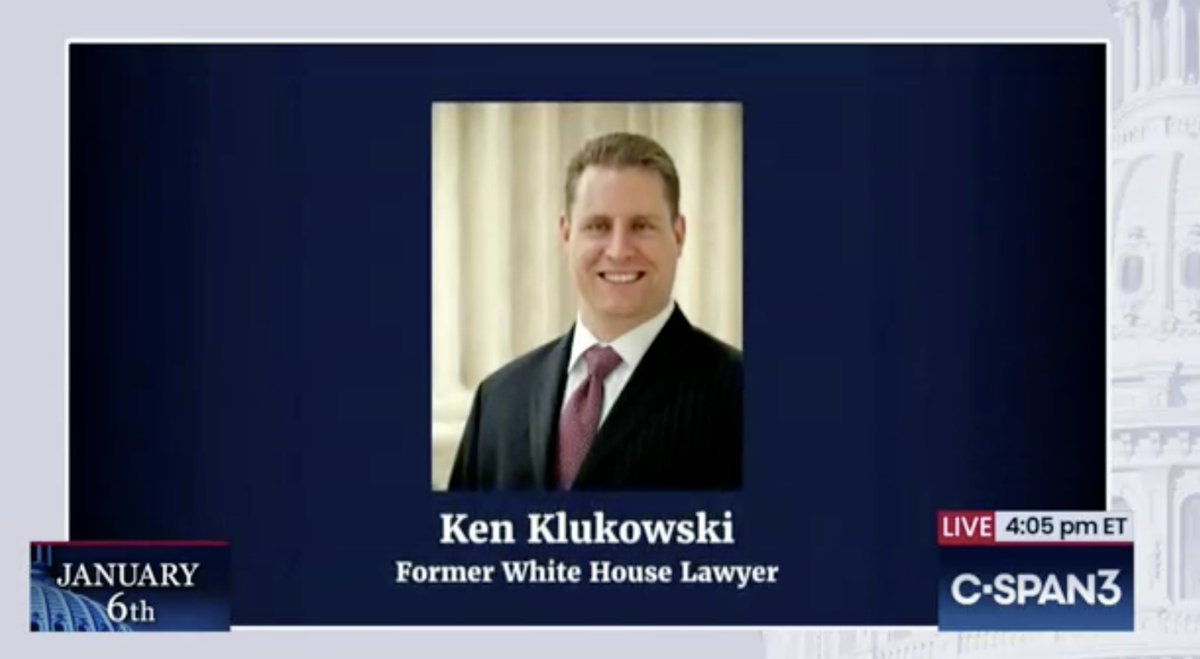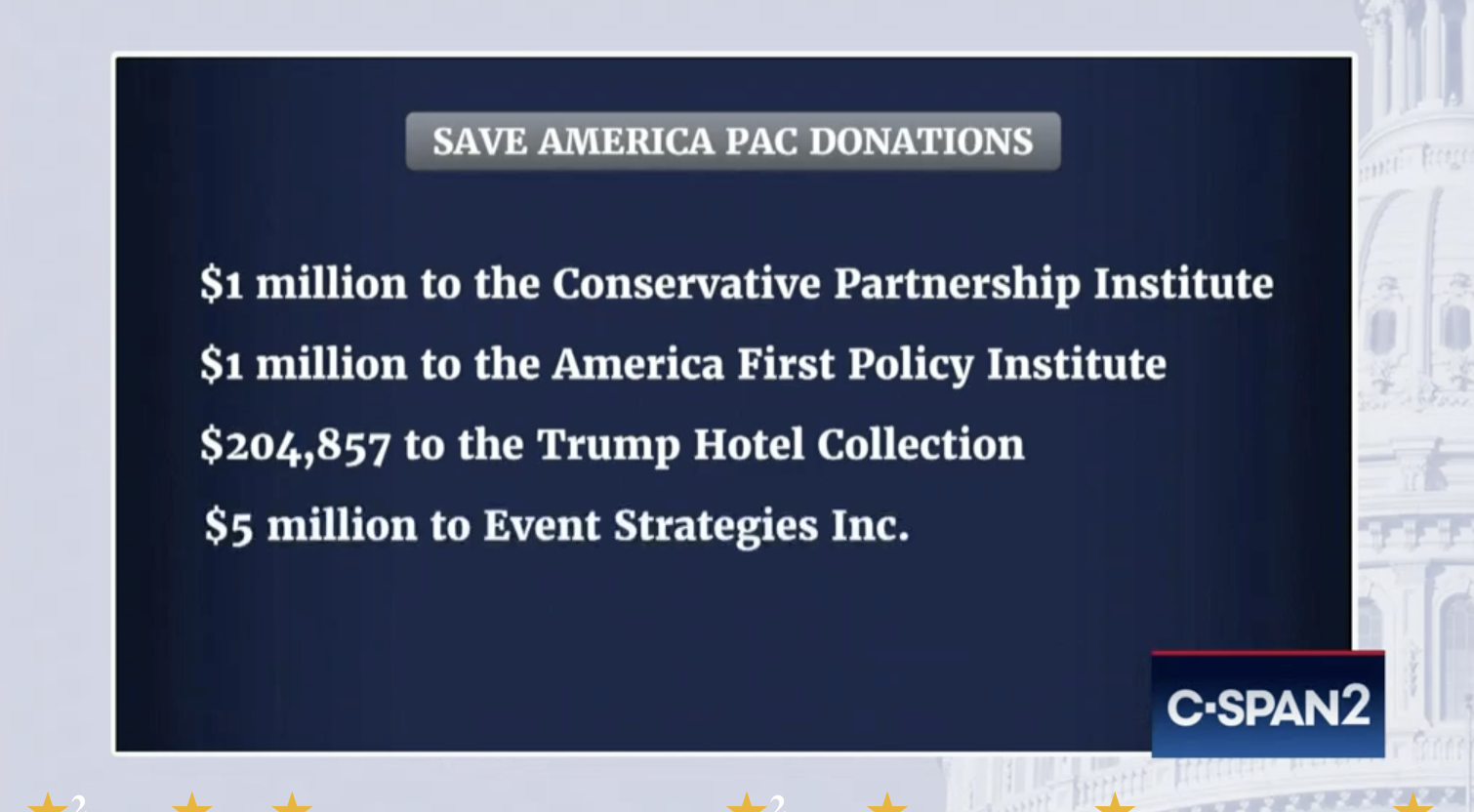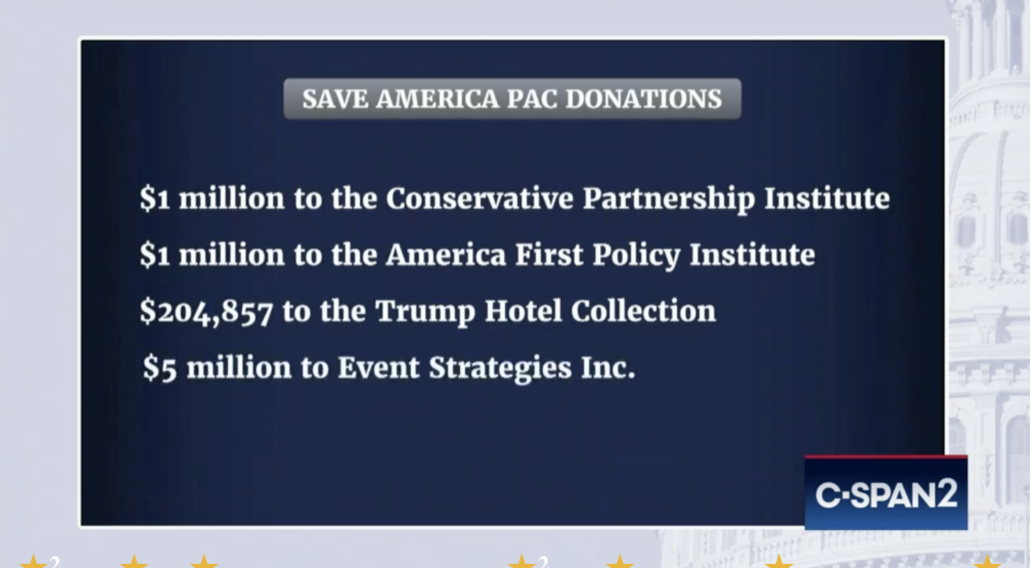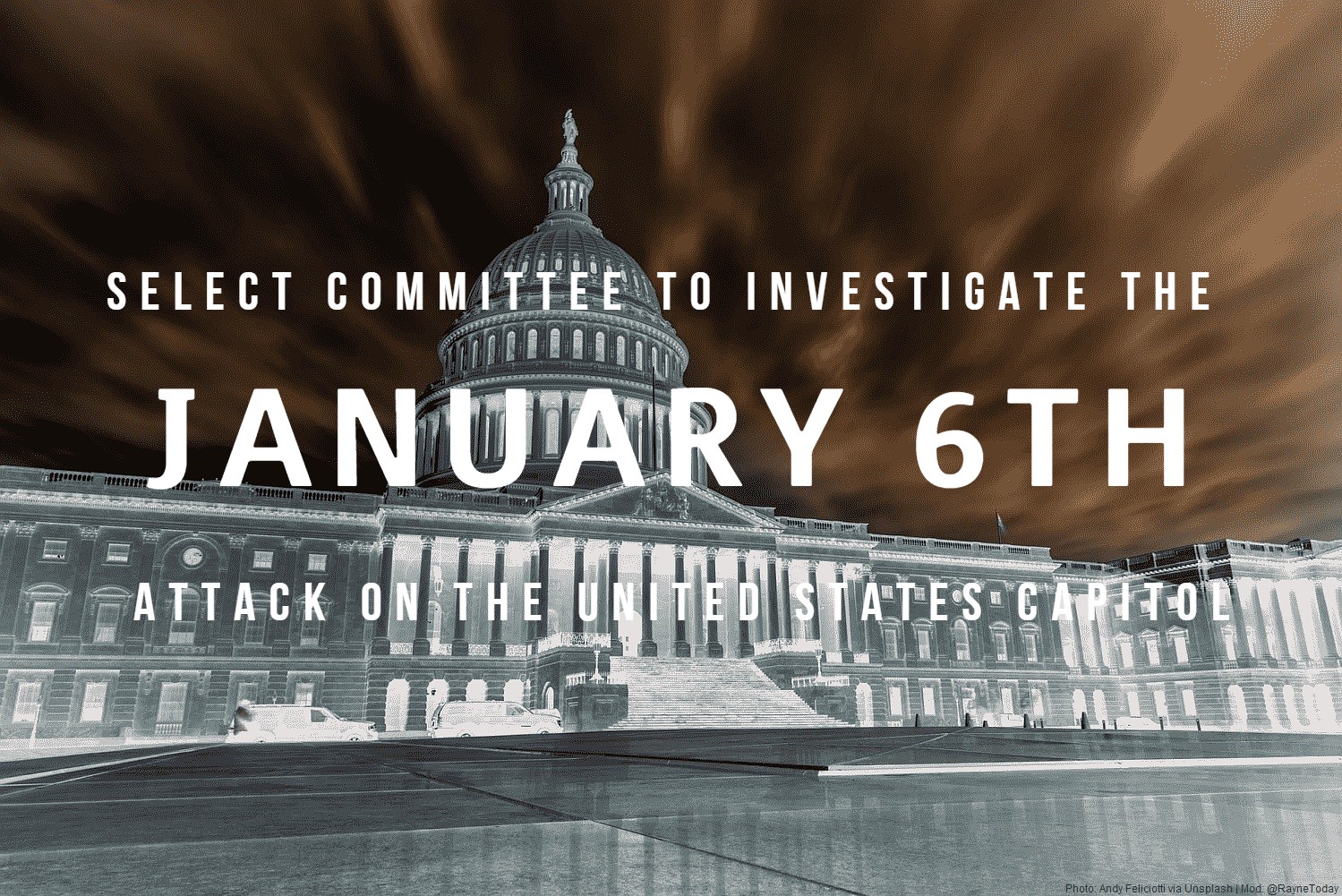Imagine how much differently things might have worked out if, on July 19, 2017 Maggie Haberman had reported that Vladimir Putin had dictated the statement Trump had his failson release, excusing the meeting Don Jr had to collect Russian dirt in exchange for lifting the Magnitsky sanctions?
It was a short introductory meeting. I asked Jared and Paul to stop by. We primarily discussed a program about the adoption of Russian children that was active and popular with American families years ago and was since ended by the Russian government, but it was not a campaign issue at the time and there was no follow up.
I was asked to attend the meeting by an acquaintance, but was not told the name of the person I would be meeting with beforehand.
As you contemplate that, consider how Trump’s various means of withholding the documents he stole serve as a metaphor for how he covers up his own criminal exposure.
At first, Trump stonewalled, refusing to cooperate at all. Then, he got some of his aides to privately tell lies on his behalf. But then, when that looked like it wouldn’t work any more, he packed boxes himself, personally curating the first limited hangout for the Archives. In January, Trump delivered 15 boxes — nine fewer than NARA knew he had taken, but three more (Maggie is the only one who cares about this) than he had told NARA he’d deliver. When NARA opened the boxes that Trump had curated personally, they found some, but not all, of what they were expecting. Hidden amidst, “newspapers, magazines, printed news articles,” they also found “a lot of classified records.” This expert liar believed he could fool professional archivists by hiding the evidence of his crime behind a curtain of press clippings.
At this point, Trump started lying publicly, both by releasing statements designed to go viral on social media falsely claiming to have cooperated, and in the public claims that Kash Patel made that were broader than the set of Russian documents Trump did or attempted to steal, but which were primarily about that story.
Trump had to find new people to lie for him, which he did in the form of a far less qualified legal team. Trump had that less qualified legal team try to bully DOJ legally, claiming that he couldn’t be charged with the single crime he wanted applied to his criminal behavior. When all that failed to stave off DOJ, Trump curated another story, having boxes removed from the storage room, having one of the new, less-qualified lawyers search through what was left and discover another limited hangout of documents to return, and getting another of the less-qualified lawyers to certify that’s the end of the story, all without letting investigators actually check what actually lay behind that search.
This time it was DOJ that knew better than to believe the series of cover stories the reality TV show star kept telling, and so they quietly put together a search of the beach resort, seizing another 27 boxes of government records, yielding 18 more boxes than NARA even knew about. It’s not clear Trump would have revealed the search, at all, if Peter Schorsch — not one of the national journalists paid handsomely as a full time Trump-whisperer, but instead a local reporter — hadn’t revealed it. (There’s no evidence Trump ever told the Trump-whisperers about this investigation before the search, and most have not credited Schorsch’s role in the process, perhaps to obscure that there was news about Trump accessible without Trump offering it up.) Then, via a statement, via preferential leaks to journalists, via misleading legal filings, Trump repeated the process again, claiming different laws applied and distracting with details — like the fucking lock he claimed DOJ told him to put on his storage closet — largely irrelevant to the crimes actually at issue.
When Trump gets in trouble, the showman curates stories to distract from his real legal woes, obscuring the real legal jeopardy he faces, while distracting the crowd with a blizzard of stories serially revealing tidbits that are distractions from the real story.
That’s how it happens that, five months after Kash Patel publicly used the Russian investigation documents Trump tried to release in the last hours of his Administration as an alibi for stealing other documents, Maggie and Mike have gotten the chattering classes worked up over something related to that cover story that Trump did not do: offer the government to return documents unrelated to Russia if the government would let him burn more sources and methods relating to Russia.
Late last year, as the National Archives ratcheted up the pressure on former President Donald J. Trump to return boxes of records he had taken from the White House to his Mar-a-Lago club, he came up with an idea to resolve the looming showdown: cut a deal.
Mr. Trump, still determined to show he had been wronged by the F.B.I. investigation into his 2016 campaign’s ties to Russia, was angry with the National Archives and Records Administration for its unwillingness to hand over a batch of sensitive documents that he thought proved his claims.
[snip]
It was around that same time that Mr. Trump floated the idea of offering the deal to return the boxes in exchange for documents he believed would expose the Russia investigation as a “hoax” cooked up by the F.B.I. Mr. Trump did not appear to know specifically what he thought the archives had — only that there were items he wanted.
Mr. Trump’s aides — recognizing that such a swap would be a non-starter since the government had a clear right to the material Mr. Trump had taken from the White House and the Russia-related documents held by the archives remained marked as classified — never acted on the idea.
Maggie and Mike published this story one day after ABC published a story describing the very specific set of documents Trump had spent his last days in office trying to publicly release. Even the ABC story, which reveals, “White House staffers produced multiple copies of documents from the binder,” misses key parts of the story — including why a document John Solomon claims to have obtained in June has a September 2021 creation date. But it nevertheless makes clear that the Russian documents are more central to the stolen document story than either of the two versions Maggie has told admit.
And yet that misleading Russia tidbit distracted from more important details. Buried in the story was the detail that Alex Cannon, a lawyer who negotiated with the Archives late last year, was worried that Trump was withholding documents responsive to subpoenas from the January 6 Committee. This was a detail Paul Sperry publicly floated on August 16. It comes in the wake of the filter inventory accidentally docketed that shows the FBI seized at least three items pertinent to the known January 6 investigations. In a piece reporting, possibly for the first time, that Trump may have withheld documents to obstruct other investigations, Maggie and Mike (purveyors of the false claim that Mueller primarily investigated Trump for obstruction) describe DOJ’s investigation into violations of the Espionage Act and obstruction this way, as if poor Donald Trump and those paid to lie for him were just innocent bystanders in all this.
In the process, some of his lawyers have increased their own legal exposure and had to hire lawyers themselves. Mr. Trump has ended up in the middle of an investigation into his handling of the documents that has led the Justice Department to seek evidence of obstruction.
The more important point is that rather than focusing on Cannon’s concerns that Trump was obstructing the January 6 investigation (or even that he suspected Trump was hoarding classified records but didn’t tell NARA that), Maggie and Mike focus on the deal that Trump never formally pitched, trading one set of classified documents for the classified documents describing sources and methods Trump wanted to burn.
This detail, in a story describing the lies Trump has told to cover up his stolen documents, is pure distraction, a side-show to the evidence of criminal behavior that matters. But nevertheless, the sheer audacity of it has gone viral, distracting from the real evidence of criminal intent or even the ABC report that at least substantiates the real ties between the Russian documents and the documents Trump was hoarding.
As noted in the ABC report, this is actually the second limited hangout about the Russian documents that Maggie spread. The first — part of her book campaign — is that Trump was sitting on copies of the Strzok and Page texts.
(In one of our earlier interviews, I had asked him separately about some of the texts between the FBI agent and the FBI official working on the Robert Mueller investigation whose affair prompted the agent’s removal from the case; we had learned the night before Biden’s inauguration that Trump was planning to make the texts public. He ultimately didn’t, but he told me that Meadows had the material in his possession and offered to connect me with him.)
This is the basis on which many people have claimed that Maggie withheld the story that Trump had stolen documents. But it’s actually not. It’s a limited hangout suggesting (John Solomon’s public statements that Trump would release everything notwithstanding) that Trump had only taken home the Strzok-Page texts, and not also a bunch of documents describing sensitive human sources and SIGINT collection points. Maggie has also claimed that Trump’s DOJ advised against releasing the texts because it would constitute another violation of the Privacy Act, without explaining why, then, Trump’s DOJ itself had done just that in September 2020.
Once again, it’s another less damning story rather than the more damning one for which there is just as much evidence. If Trump (or Mark Meadows) stole a copy of the Strzok and Page texts, it would be a violation of the Presidential Records Act and the Privacy Act, but not a violation of the Espionage Act or (if they stole a copy of the unredacted Carter Page application) FISA.
With Saturday’s story, which purports to share with readers how Trump “exhibited a pattern of dissembling,” Maggie and Mike either don’t understand this this story is just another press clipping that Trump is hiding the real criminal evidence behind, or are having a great big laugh at how stupid their readers are, making this non-story about something Trump didn’t do go viral whereas more factual details go unnoticed.
Which makes it very much like the story Maggie and Mike published, along with Peter Baker, on July 19, 2017. The story was based on an interview all three did that same day, one day after other journalists disclosed a second meeting between Putin and Trump, without a US translator, which lasted as long as an hour. The interview happened on the same day — the Mueller Report notes — that Trump renewed his request to Corey Lewnadowski to order the Attorney General to limit the Russian investigation to prospective election tampering.
On July 19, 2017, the President again met with Lewandowski alone in the Oval Office.621 In the preceding days, as described in Volume II, Section II.G, infra, emails and other information about the June 9, 2016 meeting between several Russians and Donald Trump Jr., Jared Kushner, and Paul Manafort had been publicly disclosed. In the July 19 meeting with Lewandowski, the President raised his previous request and asked if Lewandowski had talked to Sessions.622 Lewandowski told the President that the message would be delivered soon.623 Lewandowski recalled that the President told him that if Sessions did not meet with him, Lewandowski should tell Sessions he was fired.624
[snip]
Within hours of the President’s meeting with Lewandowski on July 19, 2017, the President gave an unplanned interview to the New York Times in which he criticized Sessions’s decision to recuse from the Russia investigation.630 The President said that “Sessions should have never recused himself, and if he was going to recuse himself, he should have told me before he took the job, and I would have picked somebody else.”631 Sessions’s recusal, the President said, was “very unfair to the president. How do you take a job and then recuse yourself? If he would have recused himself before the job, I would have said, ‘Thanks, Jeff, but I can’t, you know, I’m not going to take you.’ It’s extremely unfair, and that’s a mild word, to the president.”632 Hicks, who was present for the interview, recalled trying to “throw [herself] between the reporters and [the President]” to stop parts of the interview, but the President “loved the interview.”633
Later that day, Lewandowski met with Hicks and they discussed the President’s New York Times interview.634 Lewandowski recalled telling Hicks about the President’s request that he meet with Sessions and joking with her about the idea of firing Sessions as a private citizen if Sessions would not meet with him.635 As Hicks remembered the conversation, Lewandowski told her the President had recently asked him to meet with Sessions and deliver a message that he needed to do the “right thing” and resign.636 While Hicks and Lewandowski were together, the President called Hicks and told her he was happy with how coverage of his New York Times interview criticizing Sessions was playing out.637
The NYT article that resulted from the interview with Trump reported the following, in order:
- Trump’s claim he never would have hired Jeff Sessions if he knew he would recuse from an investigation Trump didn’t know about yet
- Trump’s complaint that Sessions’ recusal led to Mueller’s hiring
- Details about the interview
- Trump’s false claims that Mueller had conflicts
- The “red line” comment that Maggie and Mike would henceforward use to say Mueller could not investigate Trump’s finances
- Trump’s claim that he was not under investigation even though there were public reports he was being investigated for obstruction
- A description of Trump’s claim only to have spoken with Putin for 15 minutes, mostly about “pleasantries, but also “about adoption” [without explaining that “adoption” is code for Magnitsky sanctions]
- Trump’s description that “his son, Donald Trump Jr., said that was the topic of a meeting he had” on June 9, 2016 (days earlier, Maggie and Peter had reported Trump had been involved in that statement)
- Trump’s claim that he didn’t need the dirt on Hillary because he had other dirt
- More discussion about the interview again
- Descriptions of Trump’s “amiable side,” including his story of holding hands with Macron and — this was described as amiable! — his hopes for a military parade in DC
- A description of Trump’s interactions with his then 6-year old grand-daughter
- More about how angry he was with Sessions
- Quotes from Trump attacking Sessions for recusing
- Attacks on Sessions’ confirmation testimony about Sergey Kislyak
- A no-comment from Sessions
- A claim that Jim Comey had briefed the Steele dossier in an attempt to keep his job
- Trump’s claim he dismissed the claims in the dossier
- A no-comment from Comey
- An explanation of why Trump’s briefers had briefed the dossier
- Trump’s claim that Comey’s sworn testimony about the February 14 meeting was false
- Trump’s boasts that he did the right thing by firing Comey
- A return to his claims that Mueller had conflicts
- Trump’s claim that he didn’t know that Deputy Attorney General he himself had appointed was from Baltimore
- A claim Rosenstein had a conflict of interest with Mueller
- A citation to a Fox interview where Rosenstein said Mueller could avoid conflicts
- Trump’s claims that Andrew McCabe had conflicts because of the donation Terry McAuliffe gave to McCabe’s spouse
- A return to the discussion with Putin, including quoting his comment about adoption
- Trump’s claim that he did not know of the June 9 meeting in real time
- Trump’s false claim he didn’t need (much less seek out) more dirt on Hillary because he had everything he could need
Most journalists would have taken that detail — that Trump and Putin had used an unmonitored face-to-face meeting to talk about the subject of a burgeoning scandal at the center of the investigation of Russian interference in the election — and dedicated an entire story to it. They likely would have included an explanation that “adoptions” was code for sanctions relief. They probably would have noted how Trump’s claims about the conversation differed from the public reports about it, particularly with regards the claimed length.
Journalists who — as Maggie and Baker had — reported, just days earlier, that Trump had “signed off on the statement,” might cycle back to sources for that story and lay out the possibility — confirmed by Mueller years later — that after Trump discussed adoptions with the President of Russia, he in fact dictated a misleading story about the things he had just discussed with Putin, over his son’s and Hope Hick’s wishes to get the entire story out.
Imagine how that story, that after discussing the topic with Putin, Trump dictated a misleading story, would have changed the direction of the Russian investigation.
But that’s not the story that Maggie and Mike and Peter told. On the contrary, they buried their lede — the smoking gun that Trump had “colluded” with the President of Russia on a cover story — and instead focused the story where Trump wanted it: on pressuring Jeff Sessions and Rod Rosenstein for allowing the appointment of a Special Counsel, on ending the investigation in which they had just revealed a smoking gun. As Mueller explained, Trump “was happy with how coverage of his New York Times interview criticizing Sessions was playing out.” It buried really damning half-admissions inside an article that primarily served his obstructive purpose (and disseminated a number of lies with limited push-back).
When Trump wanted to obstruct the Russian investigation on July 19, 2017, Maggie proved a more reliable partner than Corey Lewandowski.
That continued throughout the investigation, in which Maggie consistently misled her credulous readers that Mueller only investigated Trump for obstruction, neutralized one of the most damning revelations of the investigation providing Paul Manafort’s provided campaign strategy to Oleg Deripaska, ignored all the most damning details of her old friend Roger Stone, as well as the investigation into a suspected bribe via an Egyptian bank that kept Trump’s campaign afloat in September 2016.
A vast majority of the country believes that Mueller only investigated Trump for obstruction, and Maggie is a big reason why that’s true. And that mistaken belief is one of the reasons the aftermath of the Mueller investigation — with Bill Barr’s sabotage of multiple ongoing criminal investigation and the pardons for four of the five Trump aides who lied to cover up their ties with Russia — proceeded without bigger outcry.
And yet still, five years later, people don’t understand that Maggie successfully led them to believe a false, far less damning story of Trump’s exposure in the Russian investigation, that he was only investigated for the obstruction she was a part of, and not for doing things that led him to directly coordinate cover stories with Vladimir Putin before he dictated the story Putin wanted told.
The problem with Maggie’s memoir of her access to Donald Trump is not that she withheld details Trump told her as she pursued the least legally problematic part of the Russian document cover story for Trump’s stolen documents. It’s that people still think all of this is news, rather than a distraction from the real criminal exposure that — history proves — Trump’s transactional relationship with Maggie serves to cover-up.
When Trump attempts to cover up his crimes, he literally buries the evidence under stacks of press clippings. And those press clippings are, often as not, distractions he has fed (directly or indirectly) to Maggie to tell.

